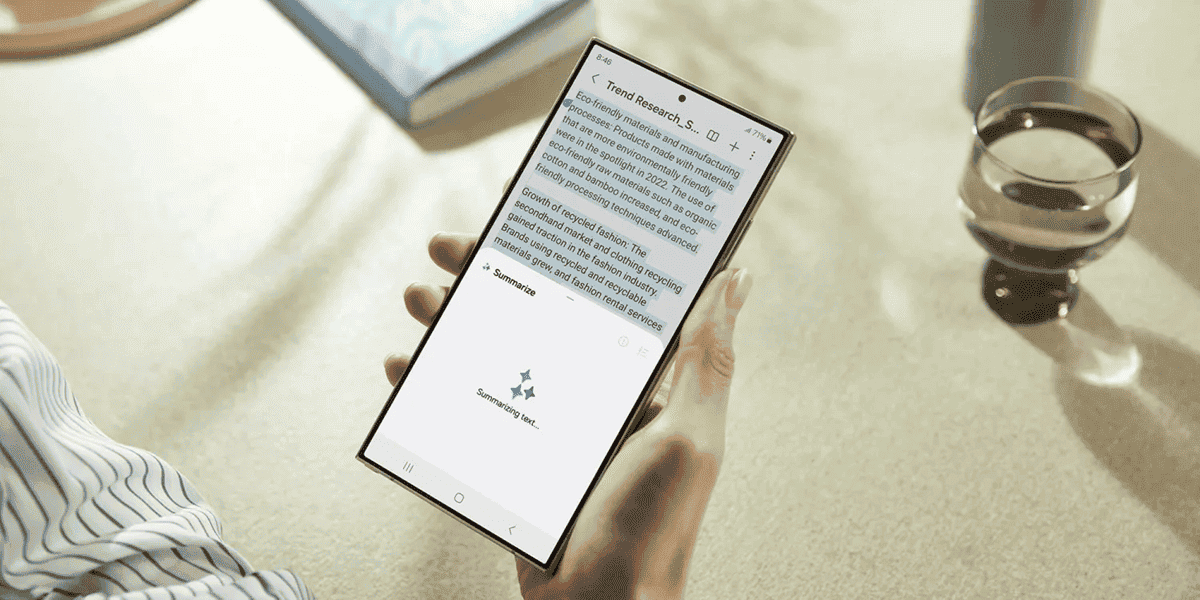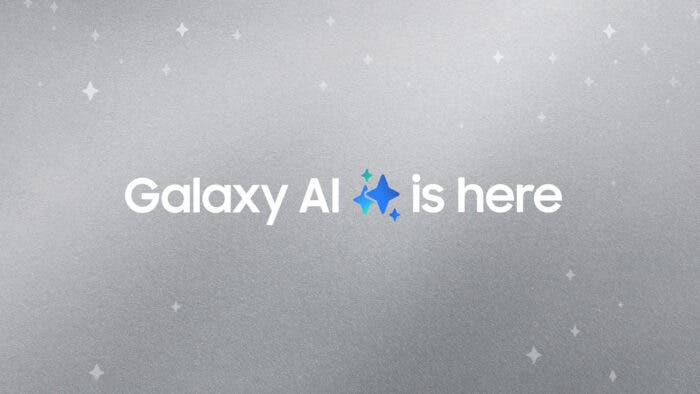At Samsung Electronics’ 55th annual shareholders’ meeting, Roh Tae-moon, head of the mobile business, discussed the company’s intentions to introduce Galaxy AI functions to older mobile phones like the Galaxy S22. This move is part of Samsung’s goal to implement ‘hybrid AI,’ a fusion of cloud-based AI and on-device AI technologies, which heavily rely on hardware performance. Roh emphasized that integrating on-device AI considering hardware limitations requires significant effort, with the company actively investing resources and energy into this endeavor.

“Galaxy AI’s goal is ‘hybrid AI,’ which combines cloud-based AI and on-device AI technologies, which is largely affected by hardware performance,” said Roh. “To implement on-device AI that takes into account these hardware limitations, it requires a lot of effort, and the company is currently investing resources and energy .”
Development of Galaxy AI for Older Devices
Samsung’s commitment to democratizing AI experiences is evident in its plans to extend Galaxy AI features to older devices. The company aims to reach approximately 100 million Galaxy mobile devices globally in 2024, as outlined by Roh earlier this year. This initiative signifies Samsung’s dedication to enhancing user experiences by leveraging the power of artificial intelligence across its ecosystem.
Expansion of AI Capabilities
The latest flagship mobile phone from Samsung, the Galaxy S24 series, along with the One UI 6.1 system, introduces a plethora of powerful AI functions. These features encompass a wide range of capabilities such as real-time translation, audio transcription, document formatting, circle search, and summarization. The integration of these advanced AI tools not only enhances user productivity but also elevates creativity by offering tools like generative editing and instant slow motion within the Galaxy ecosystem.
Moreover, Patrick Chomet, head of Samsung’s customer experience department, confirmed that older models released before 2023, including the Galaxy S22 series of mobile phones, will not be left behind in receiving Galaxy AI features. This inclusive approach ensures that users with older devices can also benefit from the innovative functionalities brought by artificial intelligence.
He explained:
We want to ensure that over time our AI experiences are supported by the performance (of mobile devices), which requires both CPU and GPU power.
… We know that Galaxy AI runs well on the Galaxy S24 series, and we know it will run well on the Galaxy S23 series. But we don’t know how intensively the average user will use AI, and how that intensity will affect device resources and cloud resources.
First, we want to ensure the quality and performance of the features we deploy. Then, we will learn how people use these features and adjust the performance. Second, we will deploy Galaxy AI on a second batch of devices , specifically the S23, S23 FE, Z Fold 5, Z Flip 5, and Tab S9, to see how it works.

Future Innovations in Mobile Design
In addition to expanding AI capabilities, Samsung is also checking new horizons in mobile design. Lu Taiwen revealed ongoing developments in horizontal scroll and vertical scroll screen mobile phones, with related equipment already undergoing testing. The brand’s emphasis on research and product integrity before market launch underscores its commitment to delivering value-driven products that resonate with customers.
Conclusion
In conclusion, Samsung’s strategic focus on extending Galaxy AI features to older phones like the Galaxy S22 reflects its dedication to innovation and inclusivity within its product ecosystem. By combining cloud and on-device AI technologies and investing in hardware optimization efforts, Samsung will likely revolutionize user experiences across a wide range of devices. As the company continues to push boundaries in AI integration and mobile design, users can look forward to a future where advanced technologies easily enhance their daily interactions with Samsung devices.





